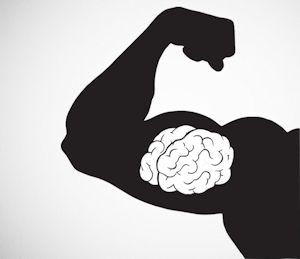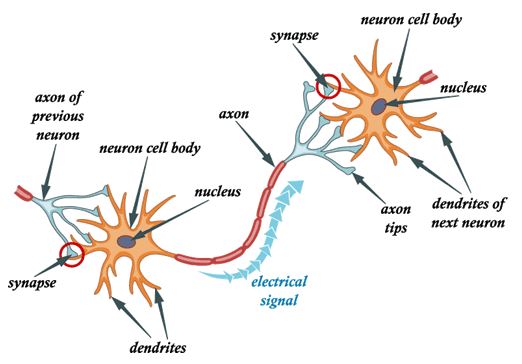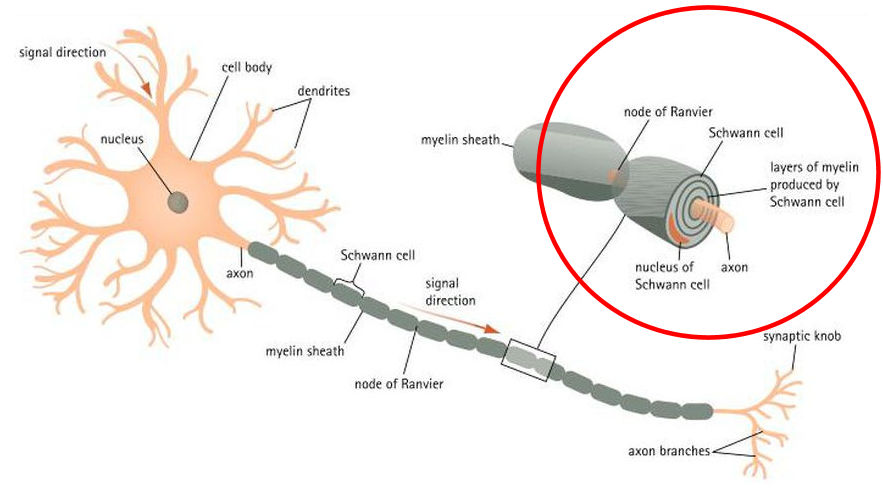
The Facts About Muscle Memory
by Mark Freburg
How often have we heard the phrase "practice makes makes perfect," and more specifically as it applies to shooting, used the term "muscle memory?" Hundreds of times, or more? Did you know there is actually a scientific explanation for what we call "muscle memory?"
In order to activate any sort of complex motor actions, we activate various portions of the brain. As we initially start doing something we are awkward and inefficient. With practice, we get better. With proper and regular practice, we get good at the task.
When we work on one task, or, actually, a combination of tasks, such as practicing a draw stroke, presenting the pistol, acquiring the sight picture, properly pulling the trigger, and so on--the brain is optimizing this set of activities through a process called myelination.
So what is happening inside the brain? To accomplish tasks, neurons inside the brain send signals (electrical impulses) via dendrites to other neurons along a long cable known as an axon. As you probably know there is a complex network of neurons capable of combining to send a multitude of signals to the body to perform a huge variety of tasks.

Although we often think of the brain as gray matter, about 50% of the brain is white matter, a fatty tissue called myelin, and this tissue covers the axons, those long pathways previously mentioned and noted in the image above.
Simply put, the more myelin wrapped around a given axon, the faster the the electrical charge (the "do something" message) moves along that pathway.
Not only does the charge move faster but it jumps along the pathway rather than moving in slower waves, as would a non-myelinated axon, and in the long run, the faster or more efficiently we accomplish a given task. The more a pathway is used the more myelinated it becomes. This is caused by two non-neuron cells (glial cells) in the brain that monitor neural activity. Oft-repeated activity is observed by the first glial cell (astrocyte) and causes it to release a chemical that triggers the second glial cell (oligodendrocytes) to produce myelin to wrap around that particular axon pathway within Schwann cells which surround the axon. Here's an illustration to help you picture it. The cross-section on the right shows layers of myelin within the Schwann cell surrounding the axon. That, my friends, is what muscle memory "looks like."

However...enough science. What's important for us to know?
The upshot here is that the more we practice--quantity, and the better we practice--quality--the more myelin grows along and covers a given route of axons in the brain. In other words, muscle memory.
It is important to know that not only is muscle memory real, it is also capable of continued growth--as well as loss. Reports state that we lose myelination of axons in as little as thirty days of no practice. However, muscle memory is not something we automatically lose via simple aging, either. It is our own choice of behavior that affects muscle memory. If you continue to practice--often and correctly, your axons will continue to remain myelinated and your chosen activities will be efficiently accomplished. Pretty cool.
Please note that all of this is still-developing science as I understand it from my reading. And I don't claim to in any way be an expert on this. But my reading suggests that this is the prevailing scientific opinion on the topic. There is plenty more information on the Internet should you want to research it for yourself.
So, the next time you want to say you have achieved muscle memory, maybe you want so say you have myelinated neural pathways instead.
Or maybe not. ![]()


MarkFreburg
Uploaded: 3/29/2019

